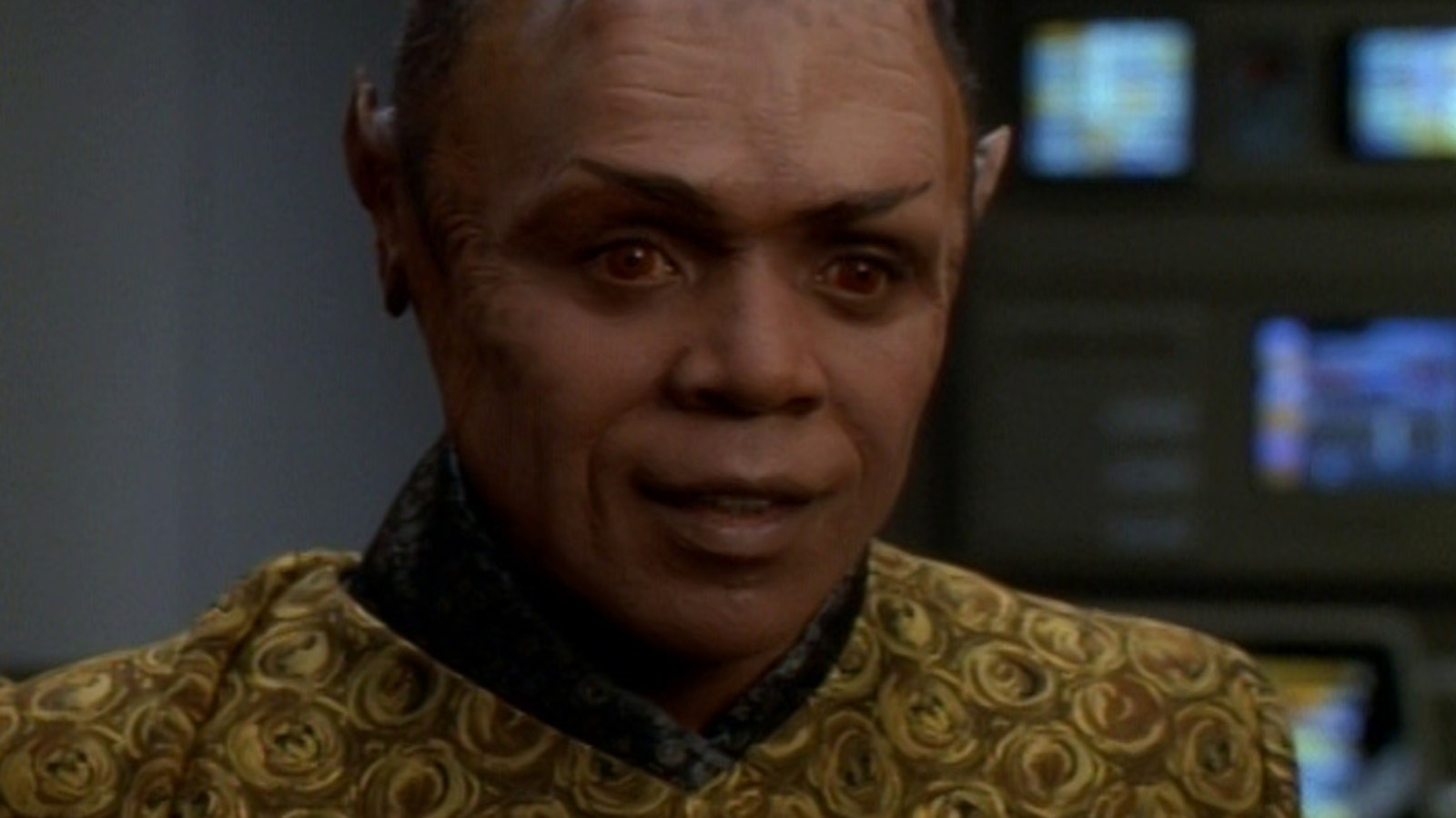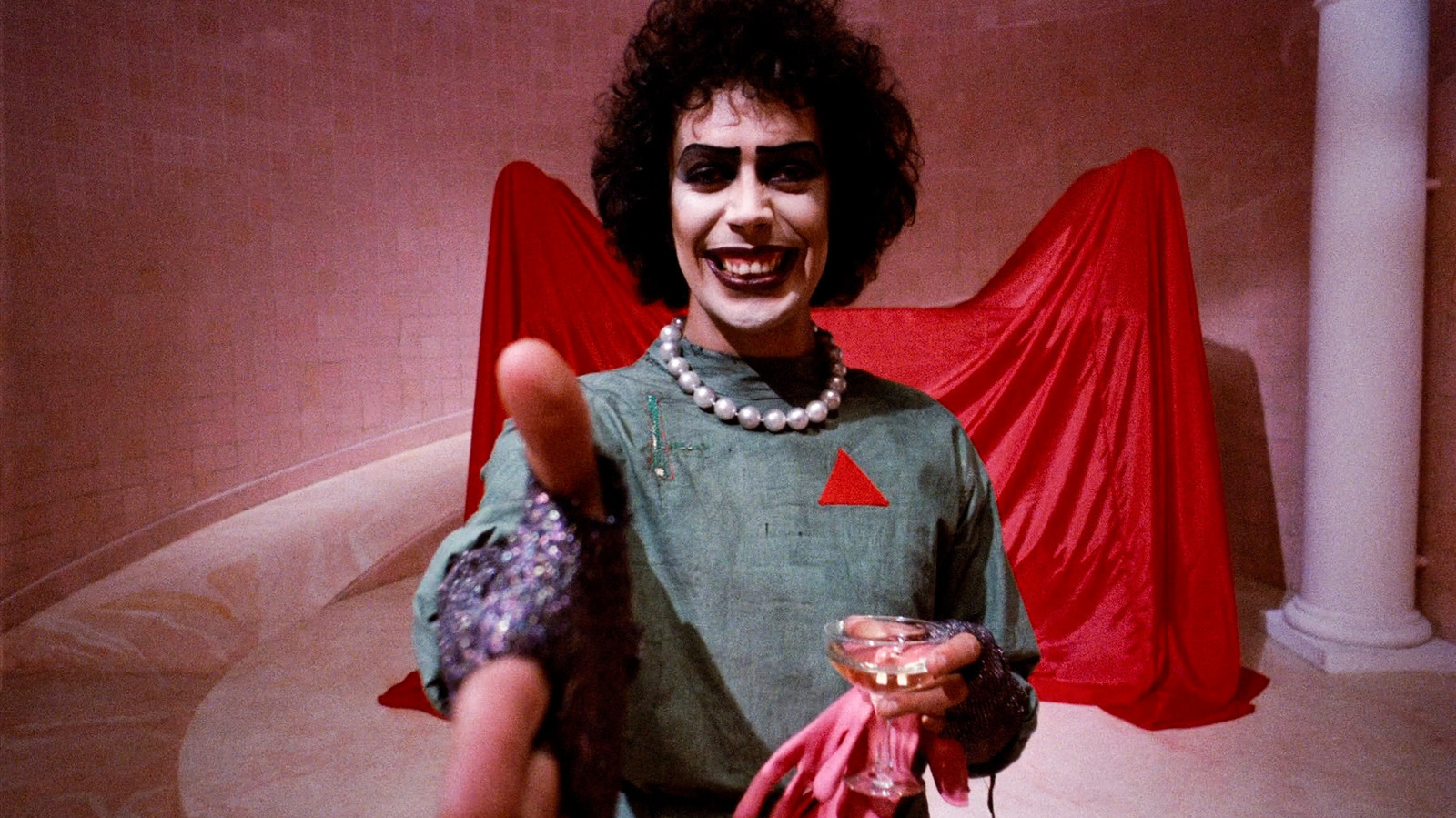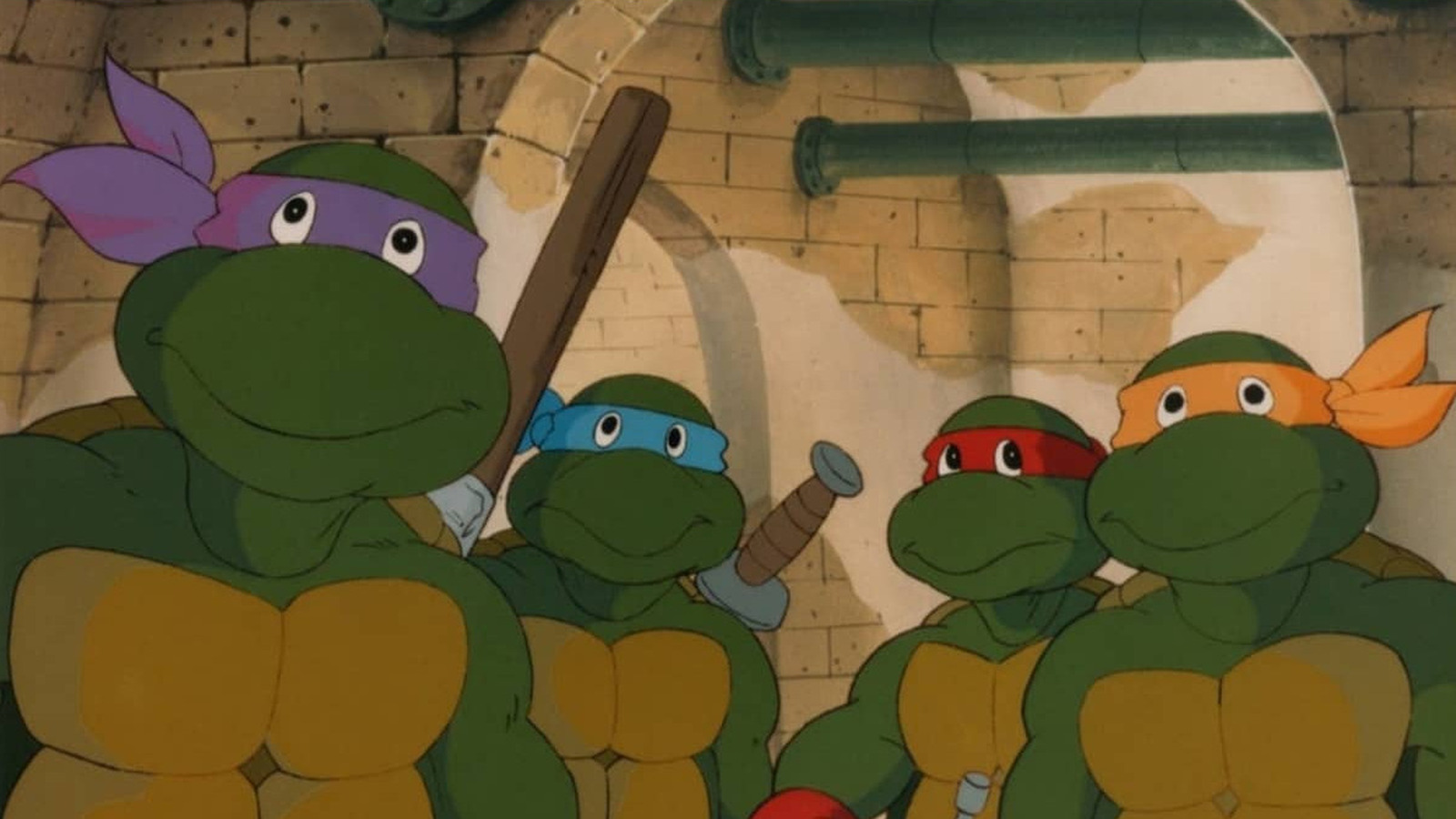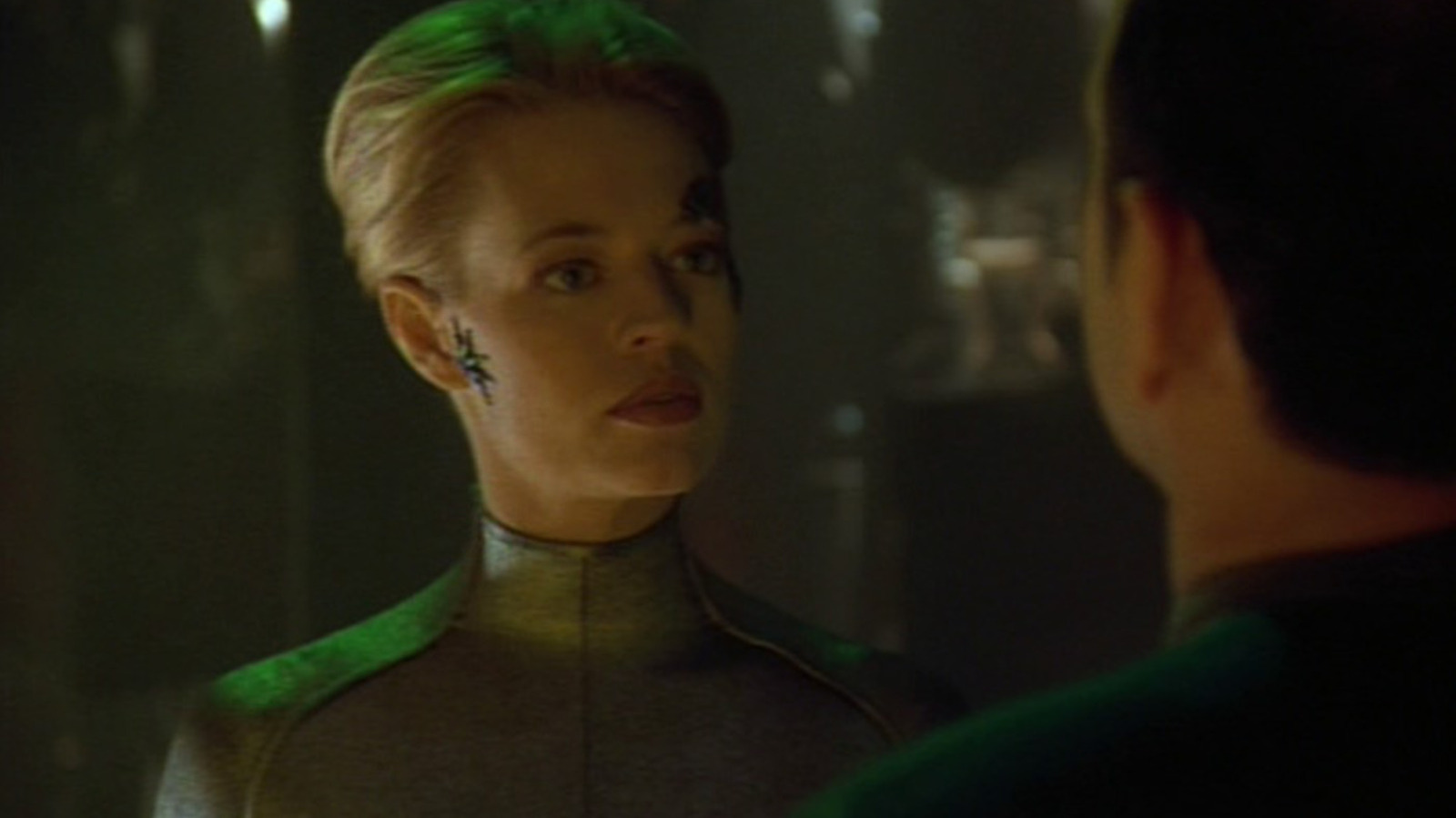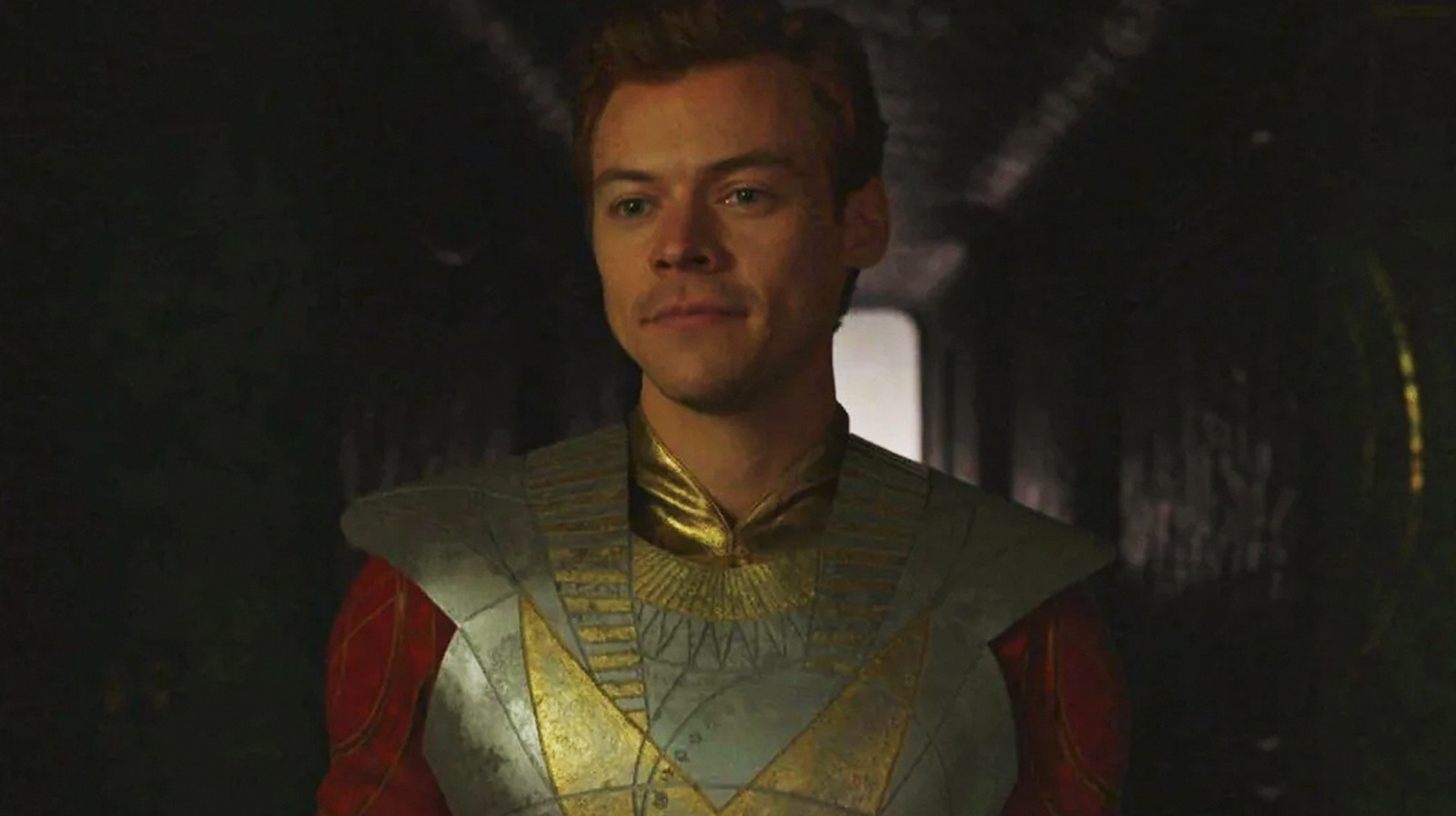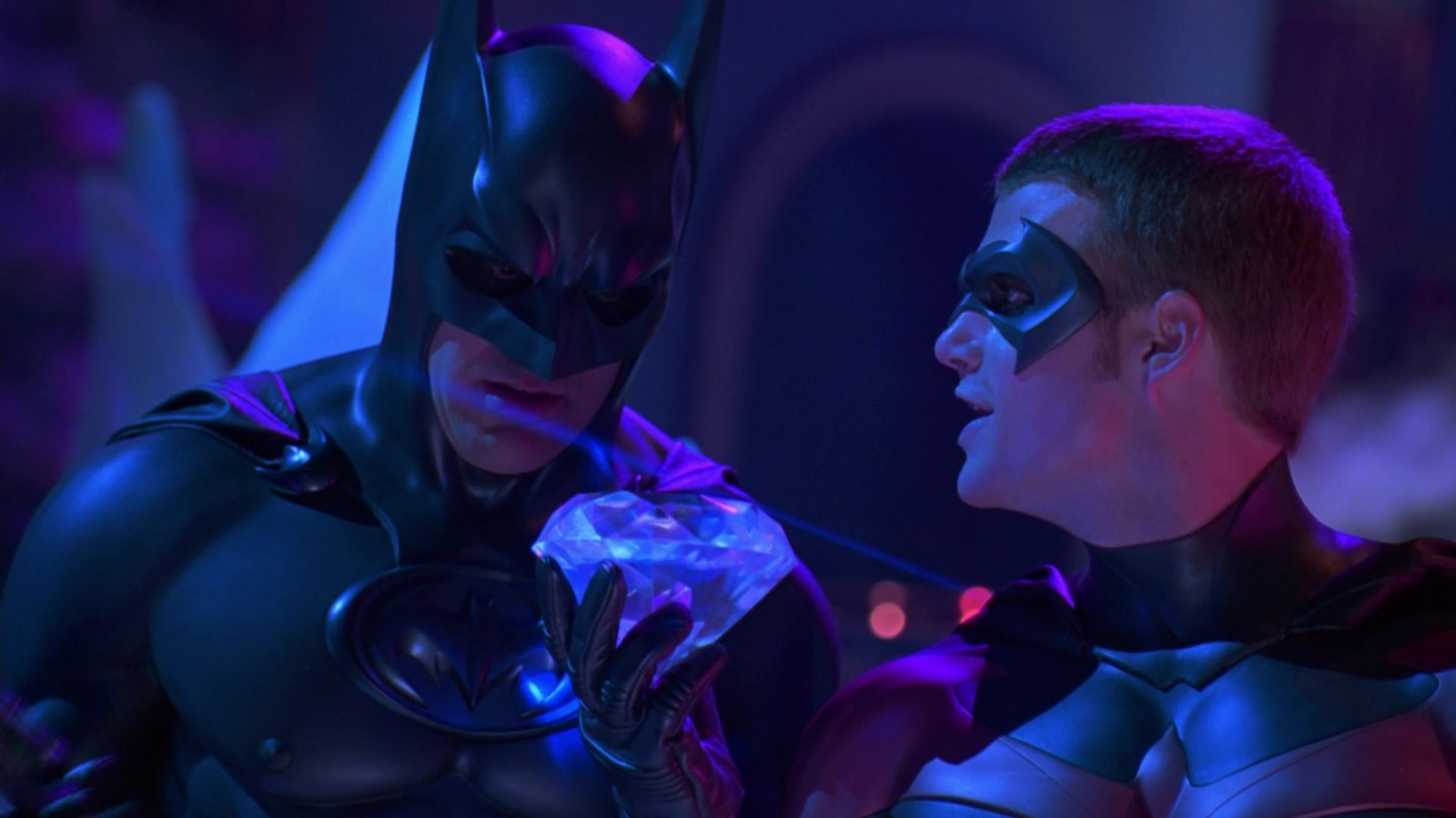
This Is When The Batman & Robin Cast Realized They Had Filmed A Bomb
Joel Schumacher's 1997 film "Batman & Robin" was an unusual animal by any measure. It was technically in the same franchise as Tim Burton's 1989 "Batman," but by 1997, the series had changed lead actors twice, with the hero now being played by George Clooney. When Schumacher took over from Burton on 1995's "Batman Forever," he leaned more into the campier, more colorful aspects of Batman, reducing the character's angst and playing up his absurdity. By the time Schumacher made "Batman & Robin," he and Warner Bros. had decided that Batman should behave more like he did in the comedic 1966 "Batman" TV series, and that the villains should be campy comedy characters rather than insane, dark weirdos. The result was an overblown, overwrought, over-designed mess that no one likes. "Batman & Robin" cost $160 million to make (hefty at the time), but earned back a less-than-respectable $238 million. Thanks to Hollywood accounting, that counted as a box office bomb. It was not nearly as large an earner as the previous Batman movies, and it temporarily killed the franchise. For a while, Batman lived on only in an animated series and in forgotten live-action shows like 2002's "Birds of Prey." He wouldn't be seen on the big screen again until 2005. During the press tour of "Batman & Robin," the cast knew something was amiss. Chris O'Donnell, who played the titular Robin, recalled that no matter what journalists he talked to, the feedback was negative. In a new interview with EW, O'Donnell even remembered a moment when Schumacher audibly yelled that he was giving up on the movie. That's not a good sign. No actor ever wants to hear their director just giving up. This film, he knew then, was going to bomb.
